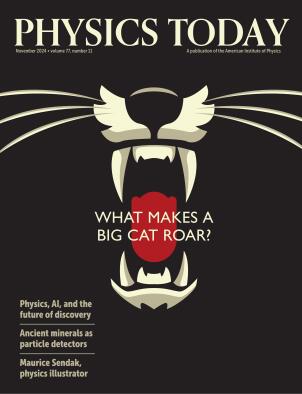The mucociliary escalator
DOI: 10.1063/pt.akod.chry
Medical and nursing students will doubtlessly find the admirable article “The connection between Darwin’s finches and bacterial flagellar motors
The air we breathe contains dust and other pollutants, and it’s necessary to have a protective mechanism to prevent foreign, toxic solid materials from accumulating deep in the lungs. Sticky mucus is continuously produced in the main proximal tubes, and it traps those contaminating particles before they move very far from the mouth and nose. This loaded, contaminated mucus is continuously removed by the mucociliary escalator, 1 which transports it upward. Finally, in the mouth, it is usually then swallowed unconsciously, and so the lungs are continuously cleared of trapped foreign bodies and toxins.
That process is useful for illustrating the conservation of energy to medical and nursing students, but there is an additional bonus: discouraging smoking. Gases emitted by cigarettes and vapes kill cilia, and the steadily increasing amounts of pollutants deep in the smoker’s lungs can be removed only through coughing—hence the existence of “smoker’s cough,” that bout of coughing that each smoker experiences on waking in the morning and clearing contaminated mucus that has been produced but not expelled during sleep.
References
1. X. M. Bustamante-Marin, L. E. Ostrowski, Cold Spring Harb. Perspect. Biol. 9, a028241 (2017). https://doi.org/10.1101/cshperspect.a028241
More about the Authors
Sinclair Wynchank. (swynchank@gmail.com) University of Cape Town, Cape Town, South Africa.
